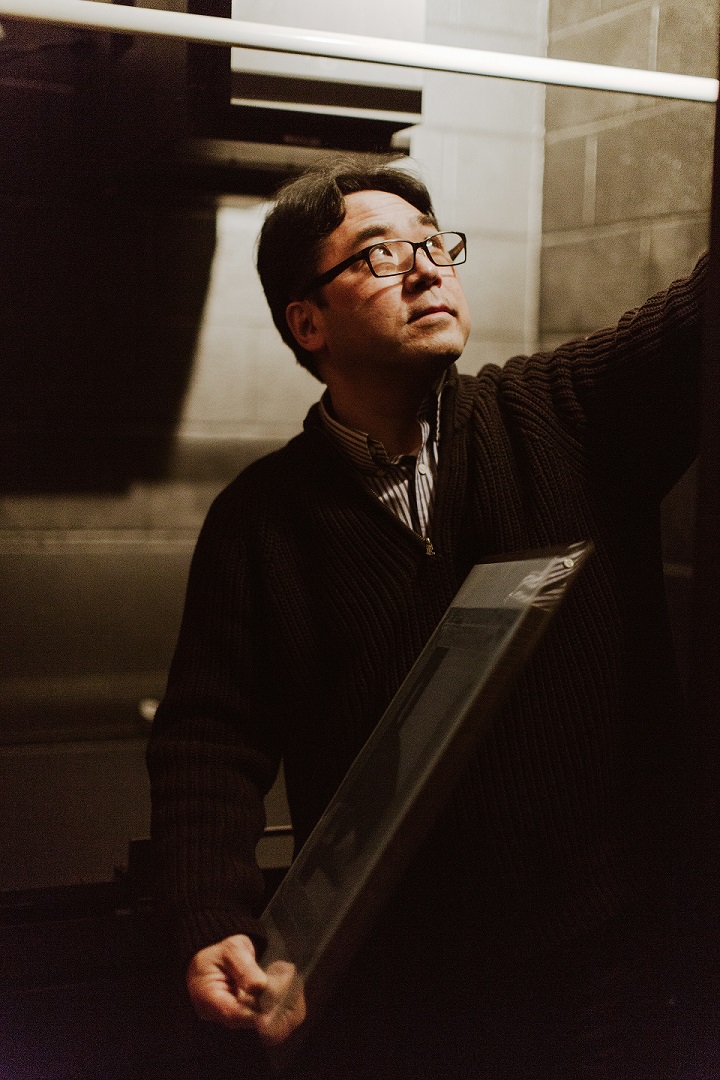
How it's made: Hiroshi Hayakawa

Photos by Erika Clark
Enjoy life’s fleeting pleasures while they last — and while you can. Such is the inspiration behind Vanitas, a series from Professor Hiroshi Hayakawa (Photography, 1995) that draws influence from 16th- and 17th-century Dutch still-life paintings and inspiration from difficult circumstances, including his father’s 2013 death.
When he’s not teaching photography or mentoring grad students at CCAD, the Ohio Arts Council Individual Artist Fellowship winner explores a creative practice that includes drawing, painting, and photography. For Vanitas, Hayakawa embraced the Vandyke Brown printing process, which involves coating a surface (in this case, glass) with a mixture of ferric ammonium citrate, tartaric acid, and silver nitrate, then exposing it to ultraviolet light.
1
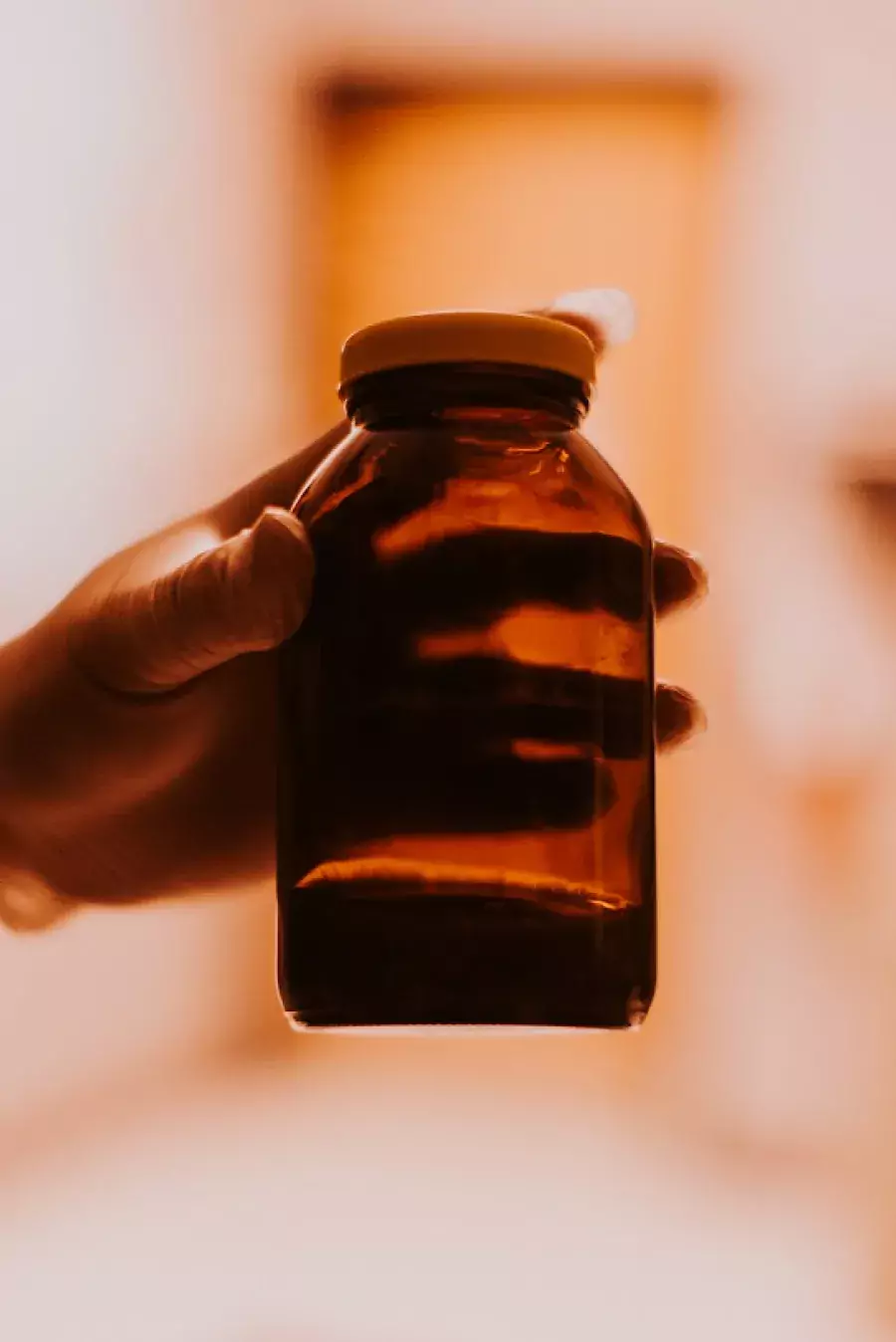
Vandyke Brown
Hayakawa works in CCAD’s wet lab to mix a photosensitive solution that is stored in an amber-colored glass bottle.
2
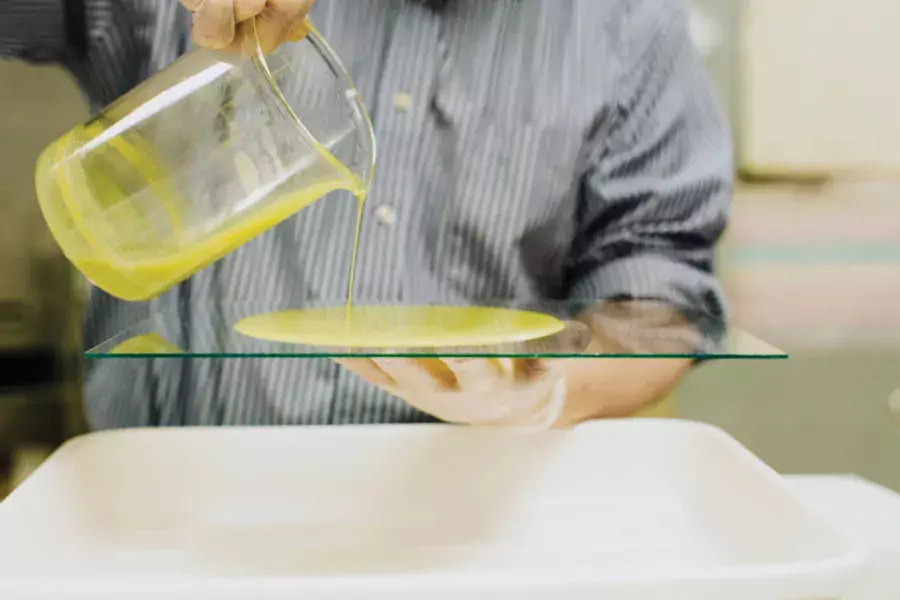
A novel solution
The photosensitive solution is applied to glass, allowed to dry, and then exposed under UV light.
3
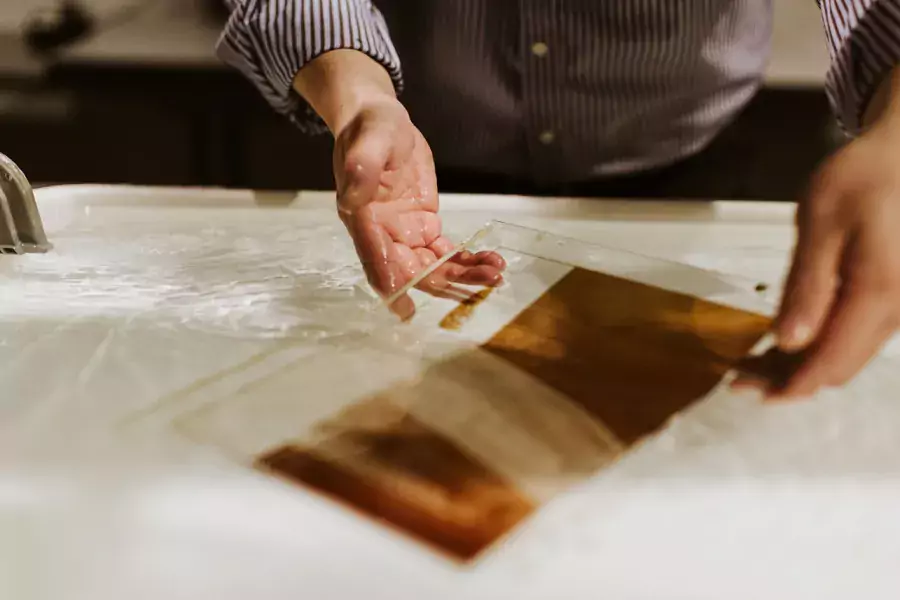
Fixed it
Fixer stops the developing process and helps achieve the deep brown and amber colors that typify Vandyke Brown prints.
4
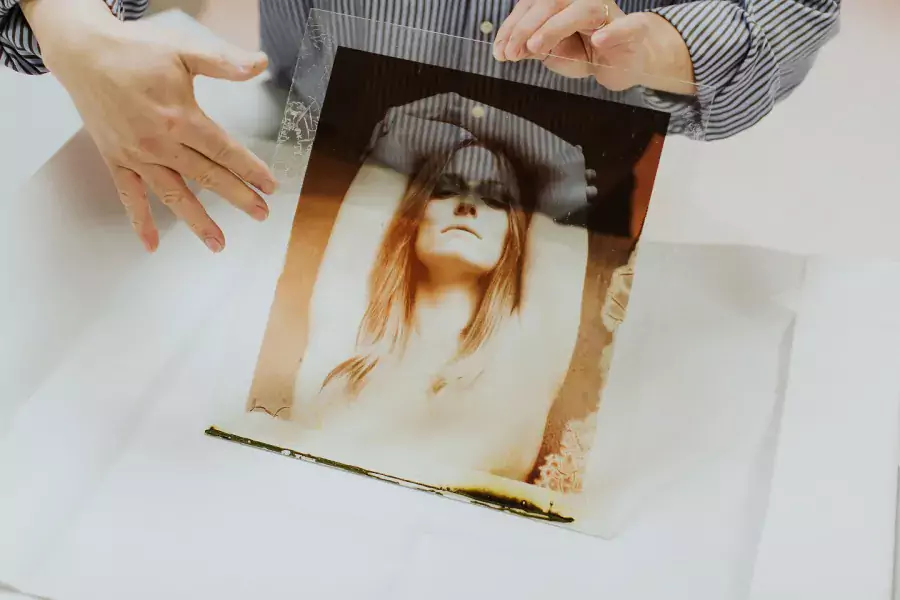
Precious metal
After a final wash, the print is dried and then a metal backing and gold leaf are applied to each image as finishing touches.
Post date
July 30, 2018